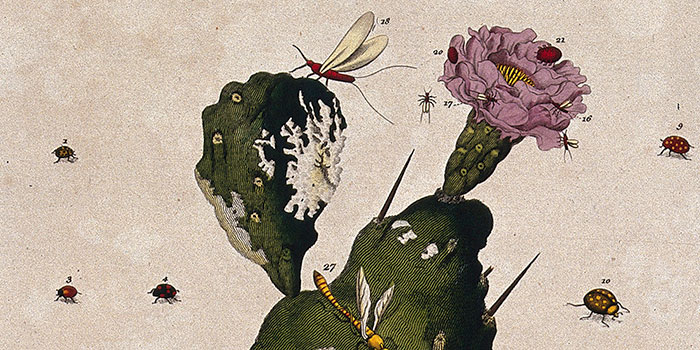A new exhibition at Northrop Gallery organized by the CBS Conservatory examines the intersection of culture, medicinal plants and current research.

College of Biological Sciences Conservatory Curator Lisa Aston Philander shares her thoughts on the new exhibition, Roots to Healing: A brief survey of the past, present and future of plant-based remedies in Minnesota. The exhibition opens March 9 at Northrop Gallery in Northrop Auditorium.
What inspired you to organize an exhibition about medicinal plants in Minnesota?
One of my goals as curator of the CBS Conservatory is to draw more of our students to the space and, hopefully, inspire an interest in plants. When I started at CBS, many people told me that the majority of our undergraduates aspire to medical school. By developing an exhibition around medicinal plants, I hope to spark an interest in this group of aspiring doctors. After all, one aspect of effective treatment is knowing about the traditional or plant-based remedies that patients may already be consuming. When I learned that land that Northrop sits on was once a medicinal plant garden, all the pieces came together.
The exhibition touches on culture, science, history and more. What are some of the interesting or surprising things you discovered?
I learned that lady's slipper orchids were used by Ojibwe people to treat GI symptoms, Hmong people have been arrested for collecting what some would consider “weeds” on private property or on roadsides, and ginseng was one of Minnesota’s first major exports!.
Several artists are involved in the project. Can you talk about some of their contributions?
The visual artist Andrea Carlson created beautiful prints with bloodroot dye patterns influenced by the old Ojibwe practice of birch-bark-biting to create flowers. As it turns out, she did graduate-level work with traditional healers learning about plant medicines. Regan Golden was our first artist-in residence at the Conservatory. I challenged Regan to create something that could showcase the diversity of plants housed in our collections. She took a series of stunning, evocative photographs along with a piece that encompasses all 52 oak species in a special research collection. We also commissioned original music inspired by the themes in the exhibition and the Conservatory itself!
What do you hope people take away from the exhibition?
This exhibition is both an introduction to the Conservatory and, hopefully, serves as inspiration to visit. Our goal is to highlight the influence of culture on our perception of plant-based medicine. Medicinal plants have, and always will, play a significant role in culture and healing. Mostly, I hope that people will be inspired to notice plants and their incredibly fundamental role in our lives, and will be moved to protect and conserve them.